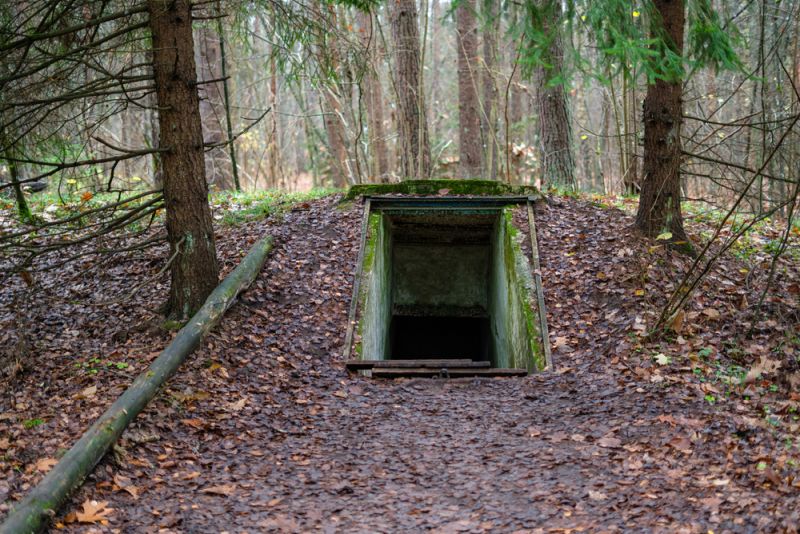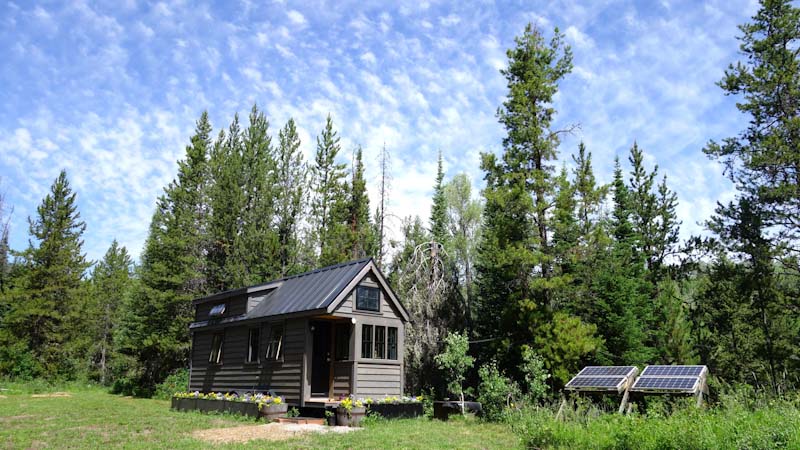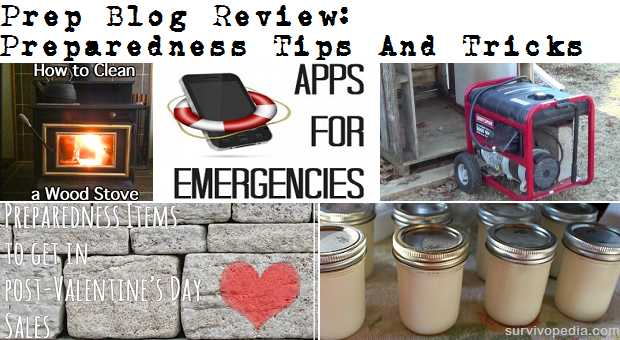
This week we found some great articles on various aspects of preparedness, that I’m sure you’ll find more than just interesting. After going through them, remember to drop a line in the comments section below to let us know what stage of preparedness have you reached.
1. How to Clean A Wood Stove
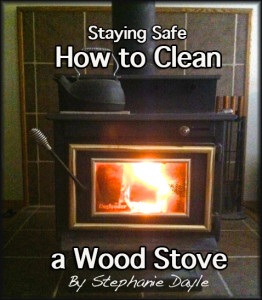
If firewood is available in your area a wood stove offers an affordable way to heat your home without running up a bill or being connected to the grid. A wood stove can also be an excellent source of emergency heat for winter time power outages or for that ‘just in case’ moment. Not only can they heat a home or bug out location but one can use even your average wood stove to cook on.”
Read more on American Preppers Network.
2. Love Your Preps: PREParendess Items to get in Post Valentine’s Day Sales
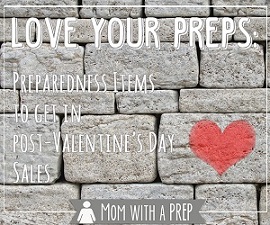
Preparedness Items to get in post-Valentine’s Day Sales
Chocolate Chocolate and candy abound. Take advantage. You can store hard candies indefinitely in your pantry, chocolate candies can be vacuum canned or refrigerated to extend their life.”
Read more on Mom With a Prep.
3. 50 Emergency Apps: Turn Your Phone into a Life-Saving Device!
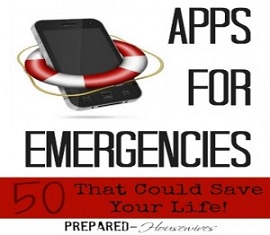
There are thousands of apps and more coming out each day. I tried to round-up some of the best emergency apps below, but if I missed one of your favorites let me know!”
Read more on My Family Survival Plan.
4. 7 Food Hacks To Learn For Any Disaster Threat
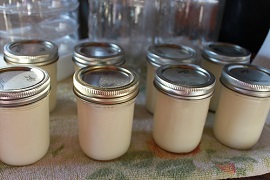
Such stressful times necessitate every ounce of physical and emotional strength and it is crucial to have an emergency food supply for at least three days, according to the Centers for Disease Control and Prevention (CDC). This survival food storage guide will walk you through how to come up with a game plan. This includes advice for planning your food stock and food storage tips for your emergency survival food to last for as long as possible.”
Read more on Doomsday Moose.
5. Setting Up A Back Up Generator
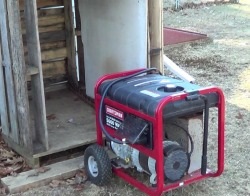
You’ll need a few things and they aren’t cheap; however, if your power goes out with any regularity, or you have young kids, or you just want to be comfortable if it does go out, you might want to invest in these items. I also want to point out that this is not a long term SHTF solution to a grid down situation. This particular solution is designed for a few days to a couple of weeks of use.
Read more on SHTF Blog.
This article has been written by Brenda E. Walsh for Survivopedia.



